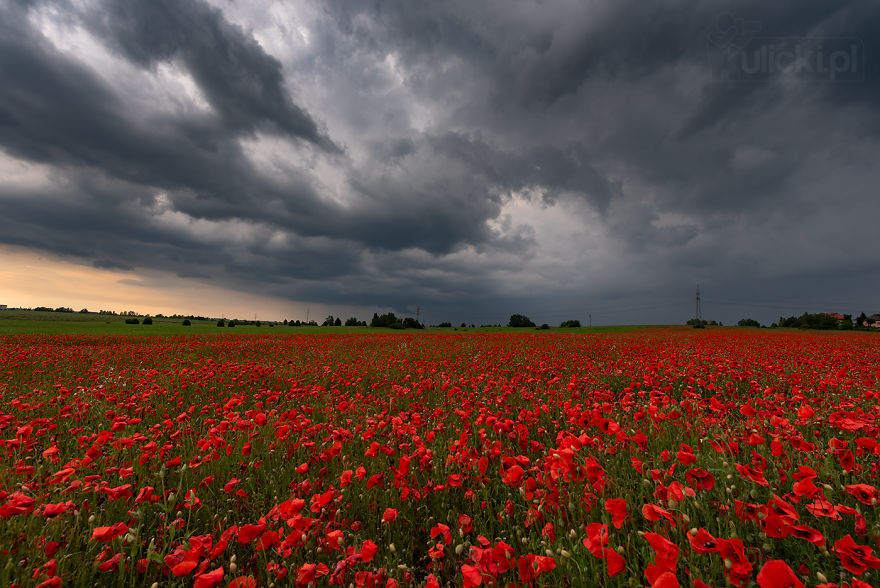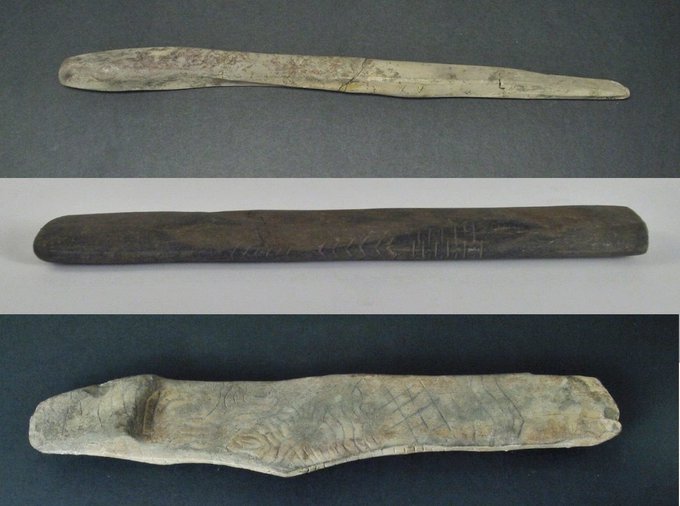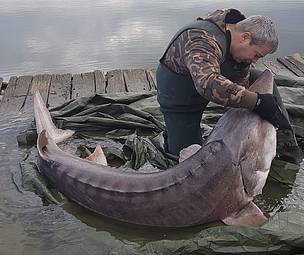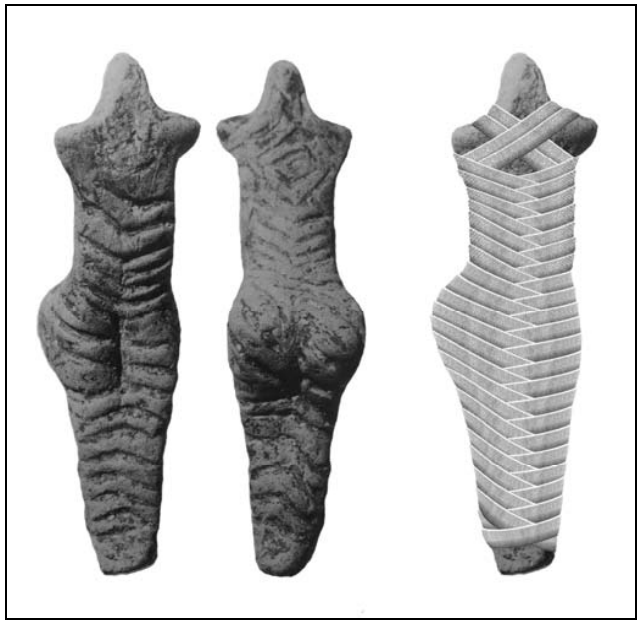
Thread: #Caturday you say. The two kitties are identified correctly as lions. But I don't think this is an ordinary bull...This looks like a buffalo to me...Do you see the ribbed horns? And that makes all the difference...And makes this seal truly amazing...
https://twitter.com/orientalinst/status/1358090824547000325
Remember this thread in which I have discovered that water buffaloes were already present in south western Iran (Jiroft) 2000 years earlier than people thought?
https://twitter.com/serbiaireland/status/1354476569520201728
The date was early 3rd millennium BC. Hey oriental dudes @orientalinst what's the date on this Akkadian seal? And where was it found? Did you know buffaloes were present in Iraq that early?
You want proof of Indus Valley civilisation - Mesopotamia links, there you go. These buffaloes didn't wander into Iraq all the way from Indus Valley by themselves...Someone had to bring them there...Via Iran of course...
Now about the seal...Buffalos start mating at the beginning of the the rain season...Beginning of winter...November...While Eurasian lions main mating period starts at the beginning of the drought season...Beginning of Autumn...August...
Lion usually represents Autumn, while bull usually represents summer... oldeuropeanculture.blogspot.com/2019/10/symbol… 

But I wonder if Lions vs Buffalo here means dry vs wet season? Where Lion represents the whole of the hot, dry season (May-October) while Buffalo represents the whole of the cool, wet season (Nov-April)???
Is this why Mesopotamian dragons have lion's bodies??? I mean 7 heads here represent the 7 months of "summer" (the whole dry and hot season, not just autumn)...
oldeuropeanculture.blogspot.com/2020/07/seven-…
oldeuropeanculture.blogspot.com/2020/07/seven-…

Speaking of #Caturday, how's this for a symbol of hot dry season? Cute Bactrian lion, whose head looks like a blazing sun, and whose body radiates heat, just like the body of the sun god Shamash/Utu...From the same period, 3rd millennium BC...
oldeuropeanculture.blogspot.com/2020/12/lion-r…
oldeuropeanculture.blogspot.com/2020/12/lion-r…

So if lions represent the dry, drought season, then buffalo represents the wet, rain season...And look what's over buffalo's head: two crescent moons pointing up, not one...Why? 

The same moon is placed on other Mesopotamian seals over sowing ploughs, next to scorpions, which also symbolise the start of winter and grain sowing season...Scorpions disappear when weather gets too cold...At the start of winter.
oldeuropeanculture.blogspot.com/2020/06/7-star…
oldeuropeanculture.blogspot.com/2020/05/plough…
oldeuropeanculture.blogspot.com/2020/06/7-star…
oldeuropeanculture.blogspot.com/2020/05/plough…

But what about the crescent moon pointing up? When the crescent moon points upward and looks like a dish gathering rain water...And when the buffalos start mating...And when the scorpions disappear...Then the rains will start falling...After which, it's time to sow grain... 

The last thing: Who's the dude with the axe? Looks suspiciously like a storm god...Ishkur / Adad...He loved axes... 

Well, all storm gods used to love axes. And especially flint axes...
https://twitter.com/serbiaireland/status/1349406581784518656
So is the dude from the Akkadian seal "a hero" or a storm god ending drought and bringing rain? Have a look at this: 

Thanks @orientalinst I was planning to do a lot of boring housekeeping stuff, like publish some of the 4 months worth of threads which I didn't publish yet on my blog. But then you posted this tweet and ruined my plan...🙂 Thank god...
• • •
Missing some Tweet in this thread? You can try to
force a refresh













